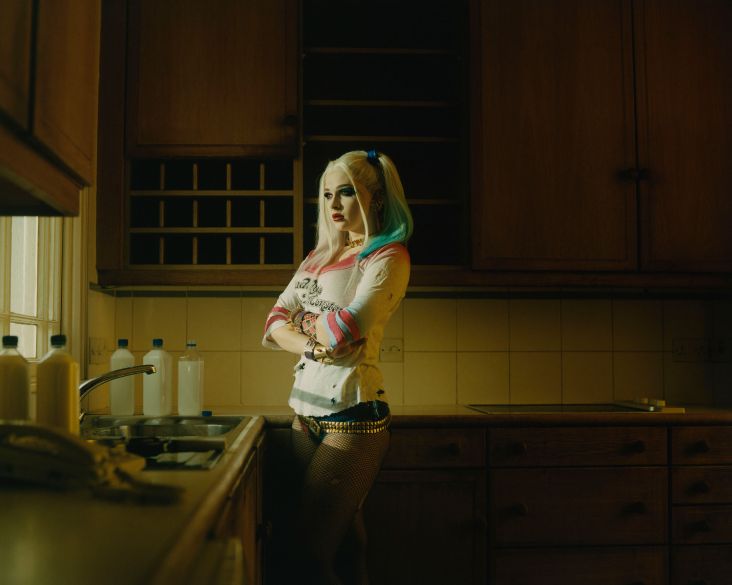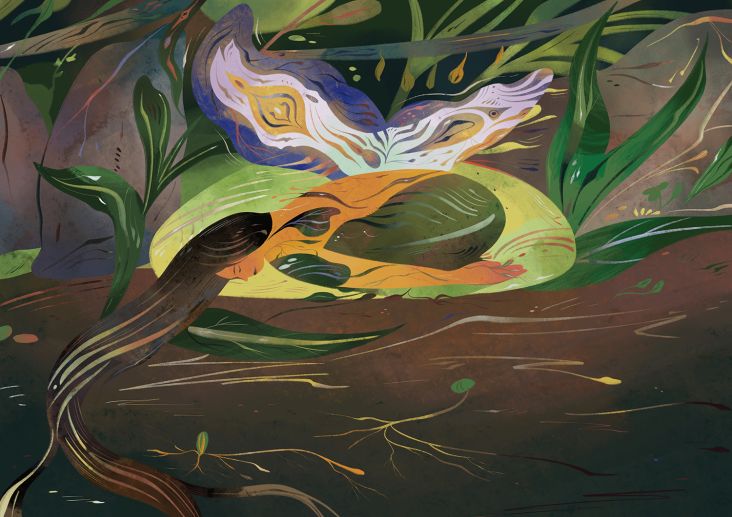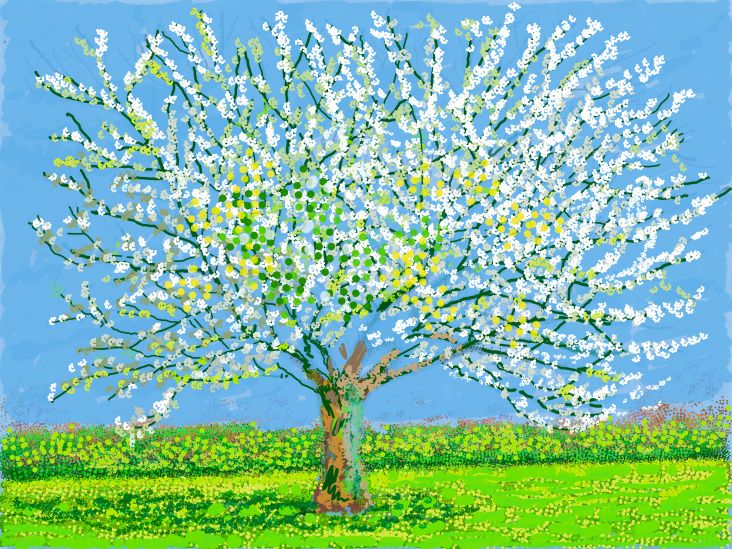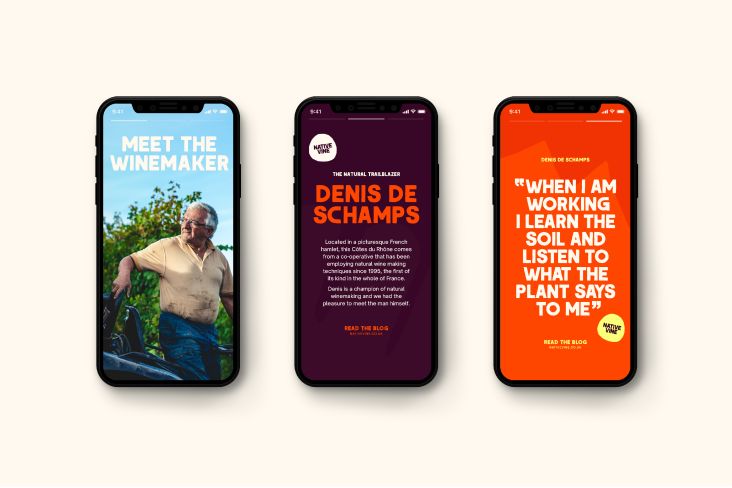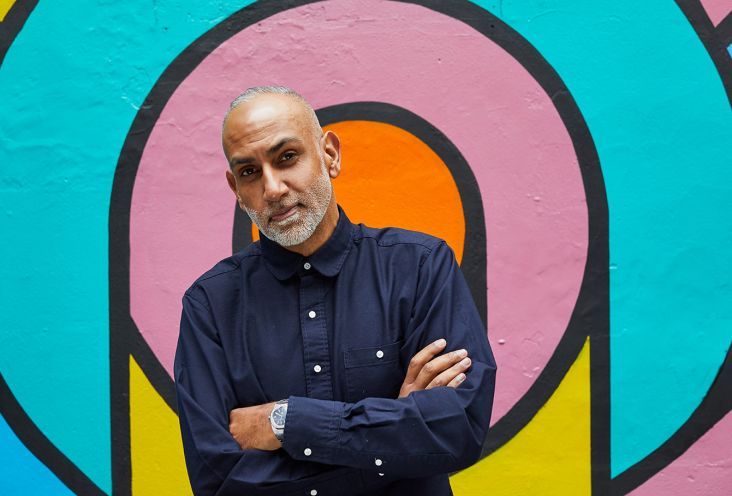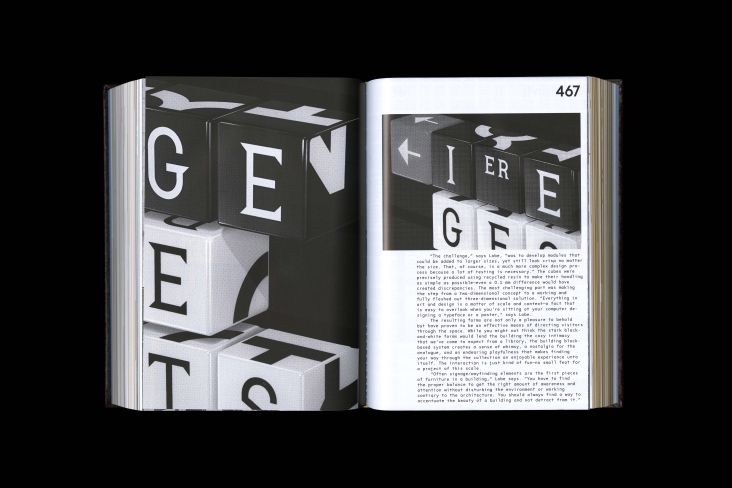'Visually driven' photography book explores Japan's historical connection with dogs
From ancient cultural connections to canine-themed crypto coins, dogs have had a monumental impact on Japanese life. In a new book by Manami Okazaki, the bond between the two is explored via quirky imagery and 'visually driven' design.
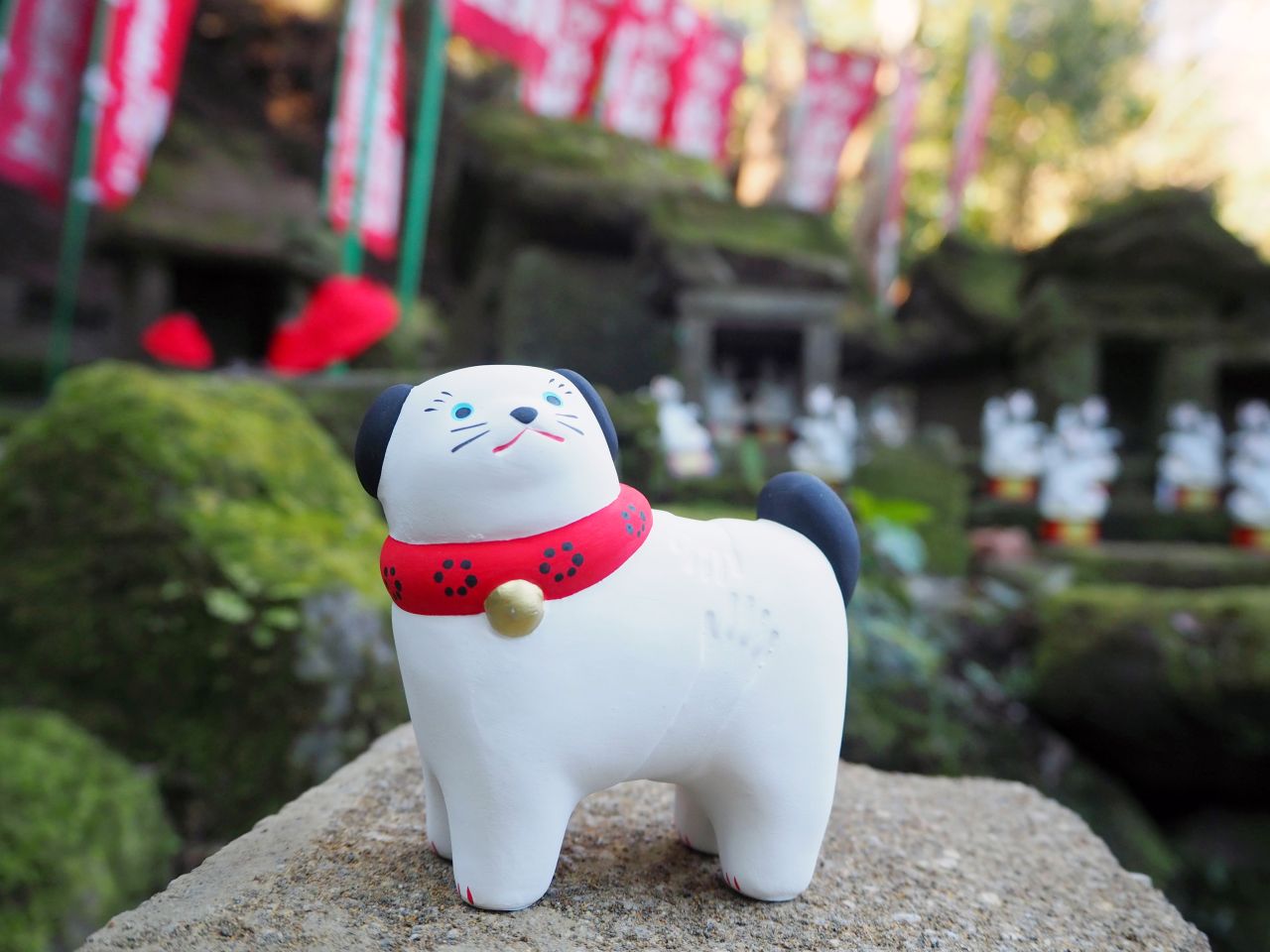
Released by independent publisher Prestel, Japan's Best Friend is a fun and stunning photography book that takes readers on a tour of what makes dogs so important to Japan. Everything from religious festivals to shrines, train rescue dogs to latte art, get a look in as Manami uncovers the myriad way they have permeated and shaped the culture.
As well as looking at how dogs are represented in Edo and Meiji-era woodblock prints, the book examines the work of Pritzker Prize-winning architects, renowned contemporary artists, and even the loyal Akita Hachiko whose statue is located next to the world's busiest pedestrian crossing. Interviews with craftspeople, illustrators, and stylists can also be found within its pages, providing readers with a fascinating glimpse into this special human-canine connection.
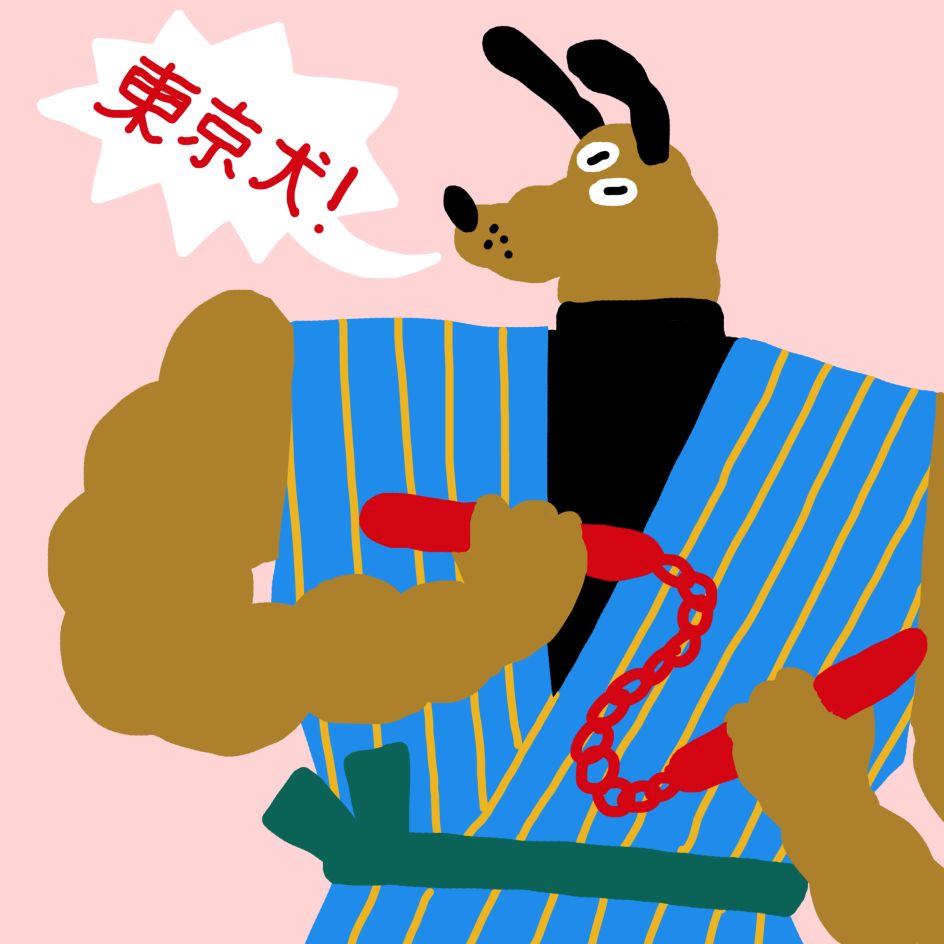
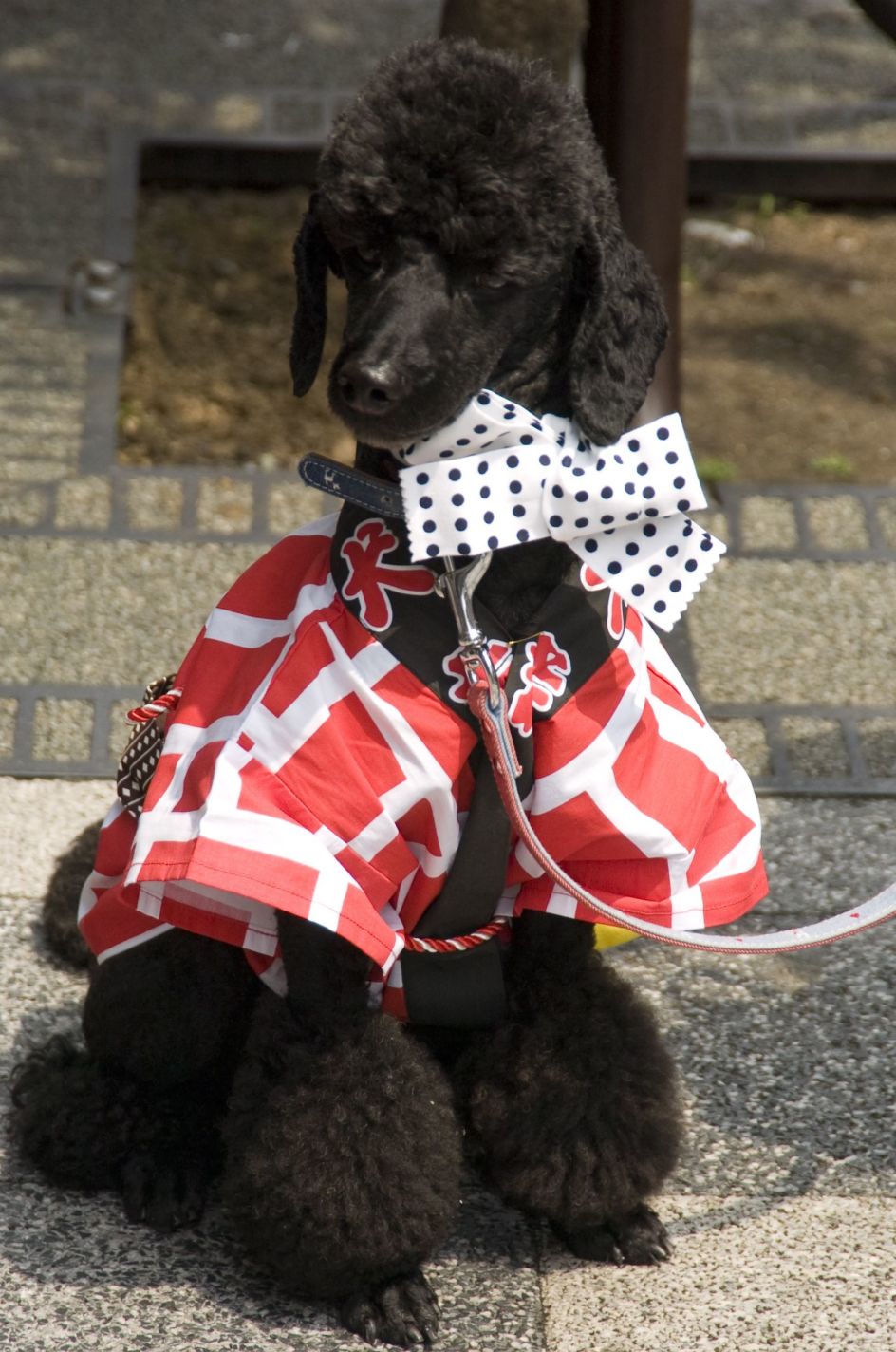
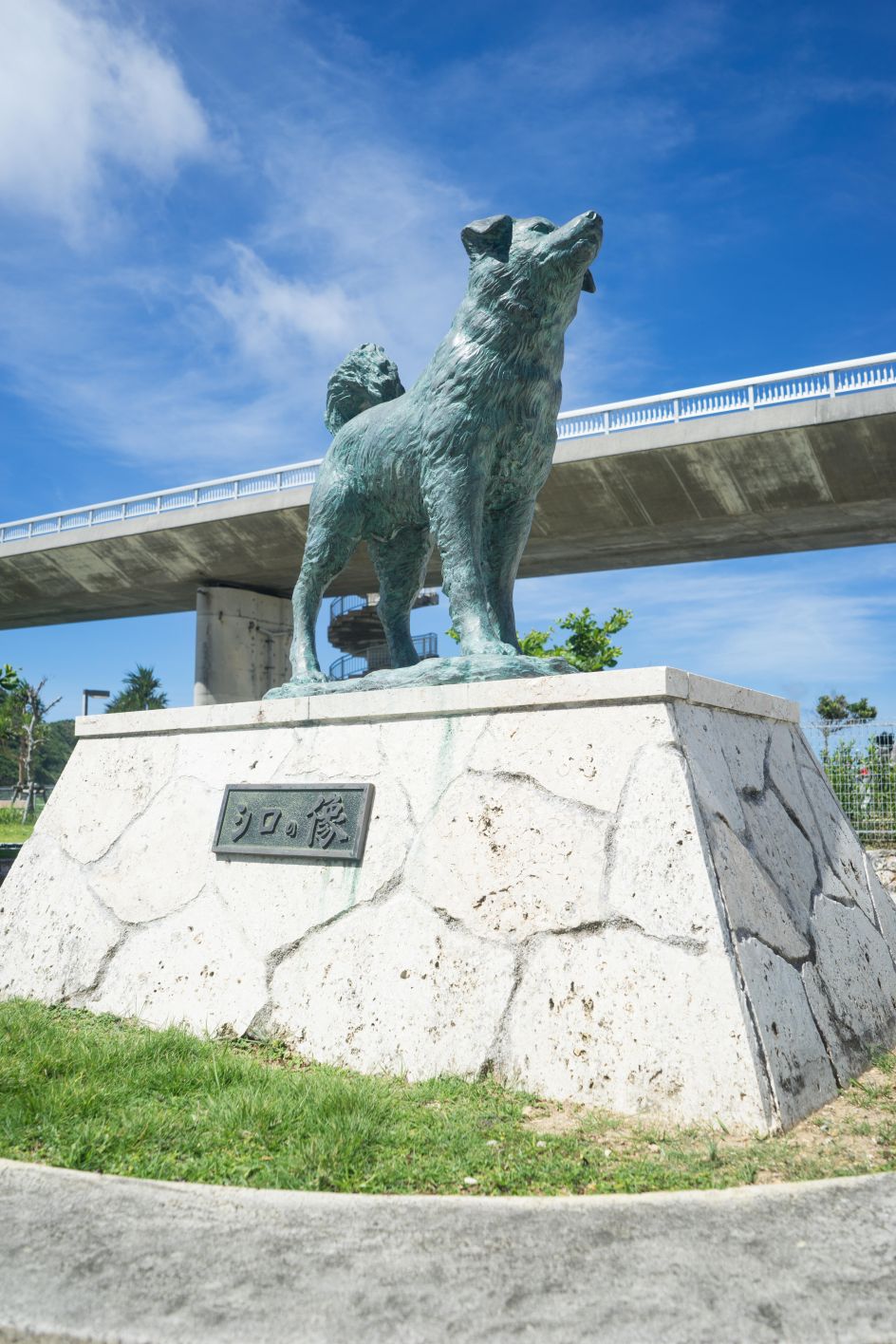
For author Manami, a writer whose books predominantly cover Japanese culture already, this subject, in particular, is close to her heart. "I grew up with an Akita and own two rescue dogs now," she tells Creative Boom. "They are a huge part of my life, and I have been writing about animal-related topics for over a decade."
As for the kinship between Japan and dogs, she explains that it stretches back to the Jomon period – 10,000 to 300 BC – making it one of the country's oldest connections. Owing to this, she says, "dogs are present in every facet of Japanese life, culture and art. Japanese dog breeds are also the ultimate signifier, and for this reason, they have permeated pop cultures such as manga, social media and memes. Funnily enough, most of the top crypto coins are Japanese dog-themed too."
On a more immediate and practical level, Manami says that dogs were a hunting partner for the Japanese, making them a necessary partner when procuring food. "Humans needed to recognise their communicative abilities and basically recognise their agency in order to eat," she says. And it was this connection that led to reverence. "Canine bones at Jomon era sites suggest that dogs were buried with the family in a respectful manner as family members.
"The roles dogs play has, of course, changed over time. Nowadays, they provide companionship and friendship. They also represent aspirational qualities such as loyalty, unconditional love, bravery, and trustworthiness."
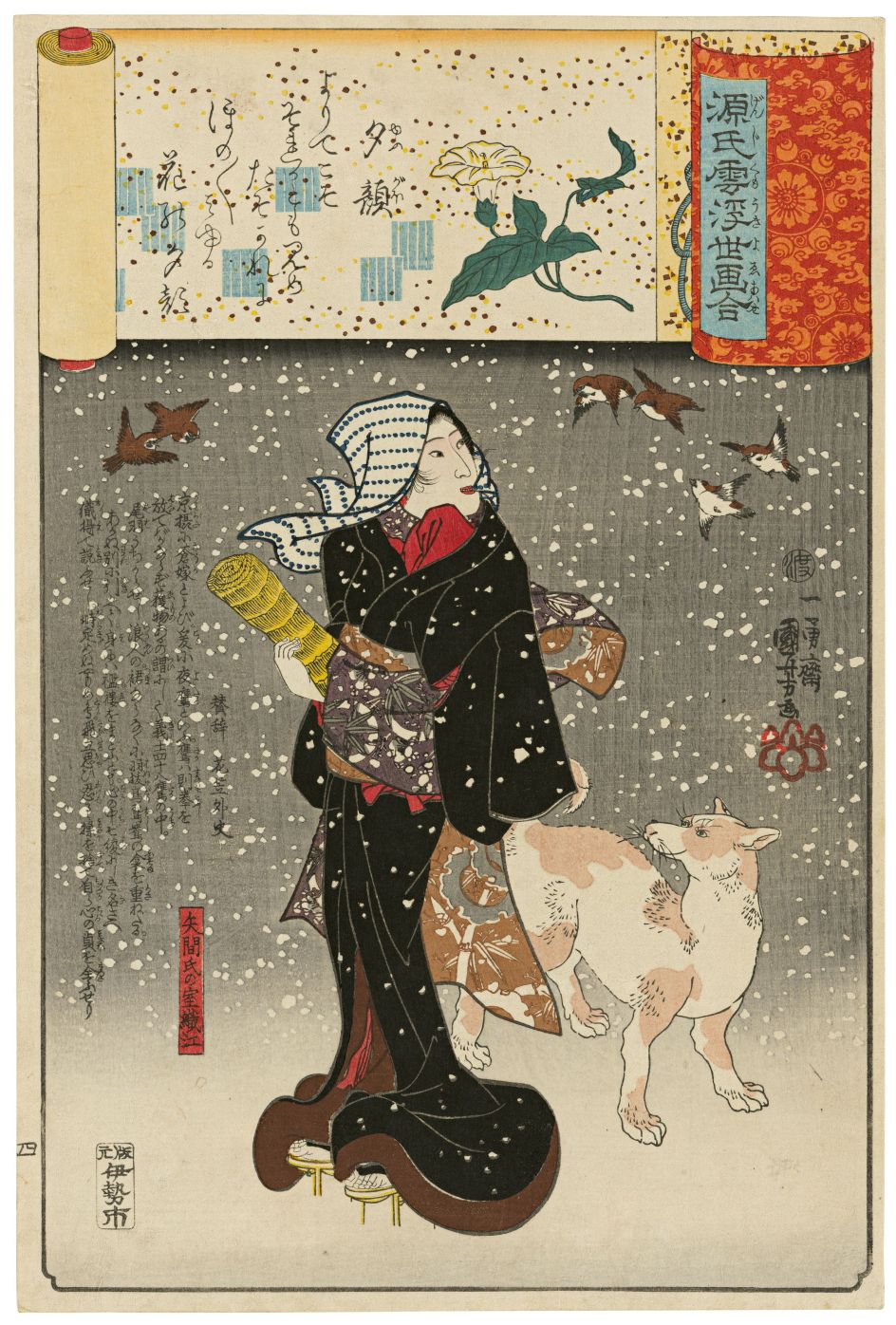
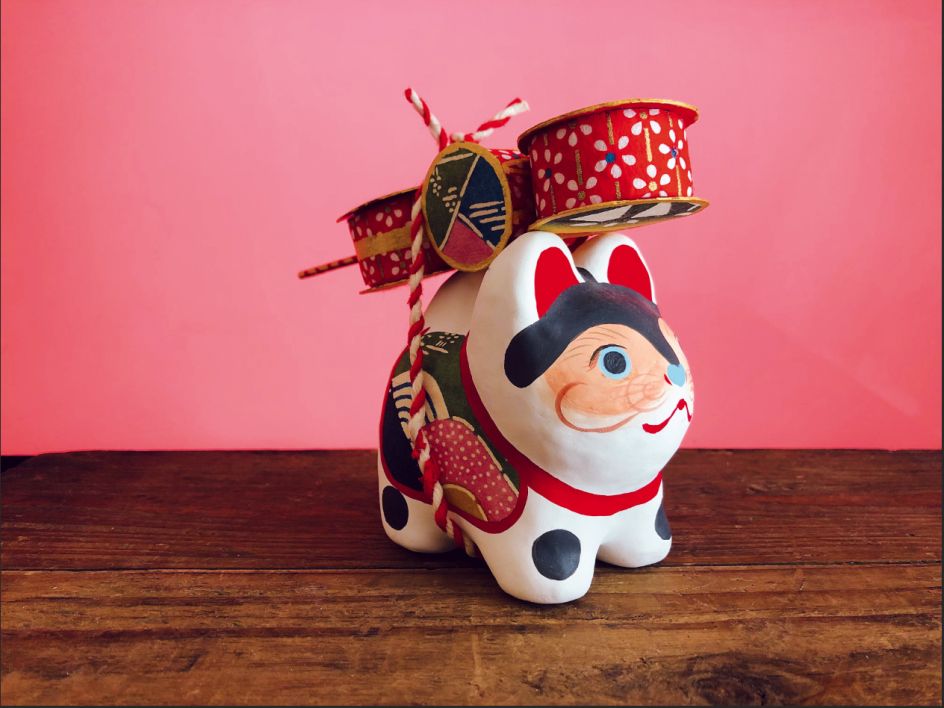
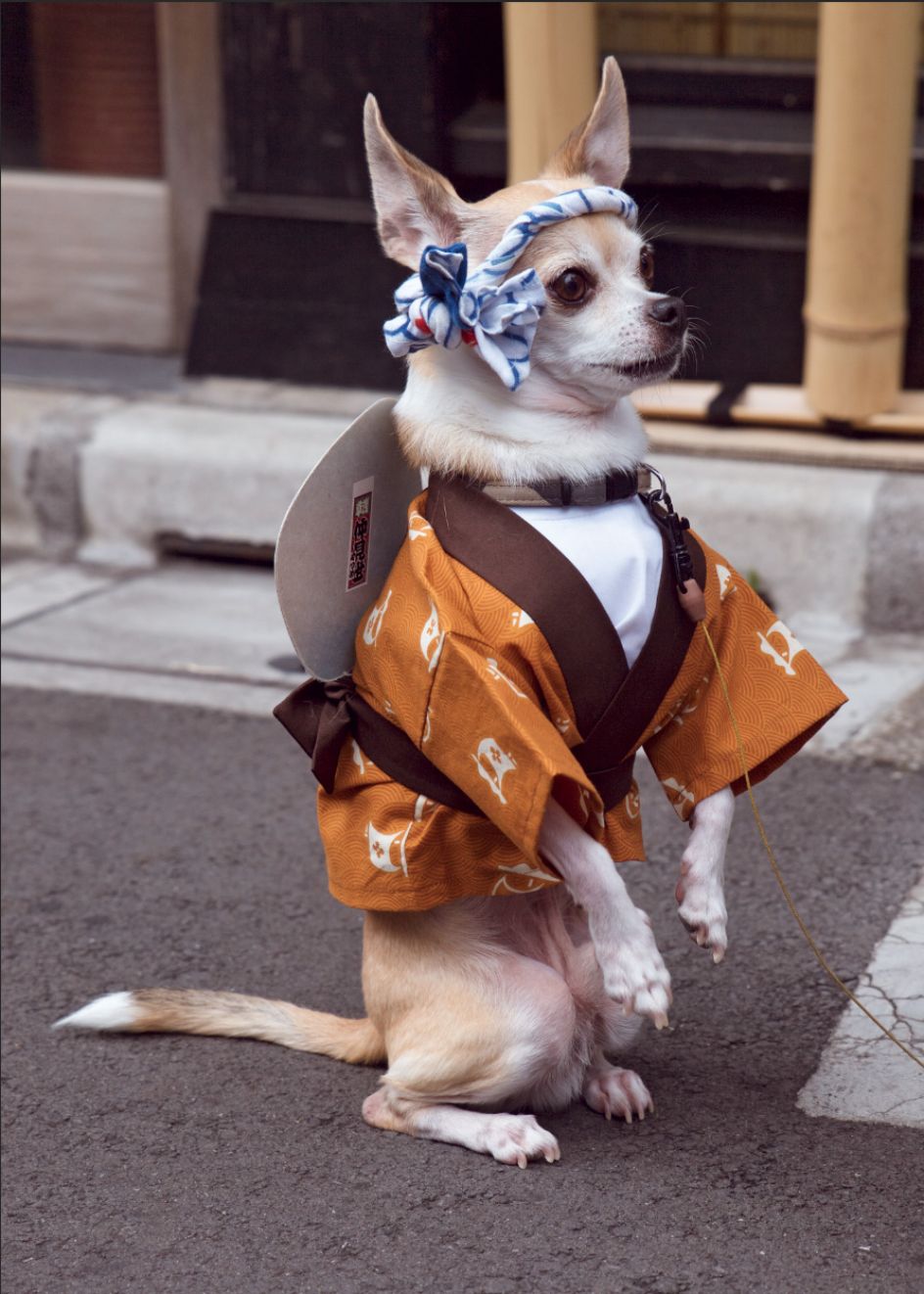
Despite this close relationship, though, there are still surprises to be learnt about Japan's connection with dogs. Manami was taken aback to discover that hunters still use the instincts and capabilities of Japanese dogs. The ways in which dogs communicate with humans has also changed dramatically.
"While most people know that Japanese breeds are good-looking, foxy dogs, they are also ancient breeds with these kinds of hunting abilities. It made me think a lot about the nature VS nurture argument and how much we have agency over our own capabilities as well.
"I think another aspect of dog culture that is surprising is how much they reflect social values over time. While they are family members and kawaii icons now, throughout history, they have symbolised a plethora of traits depending on the political climate of the era."

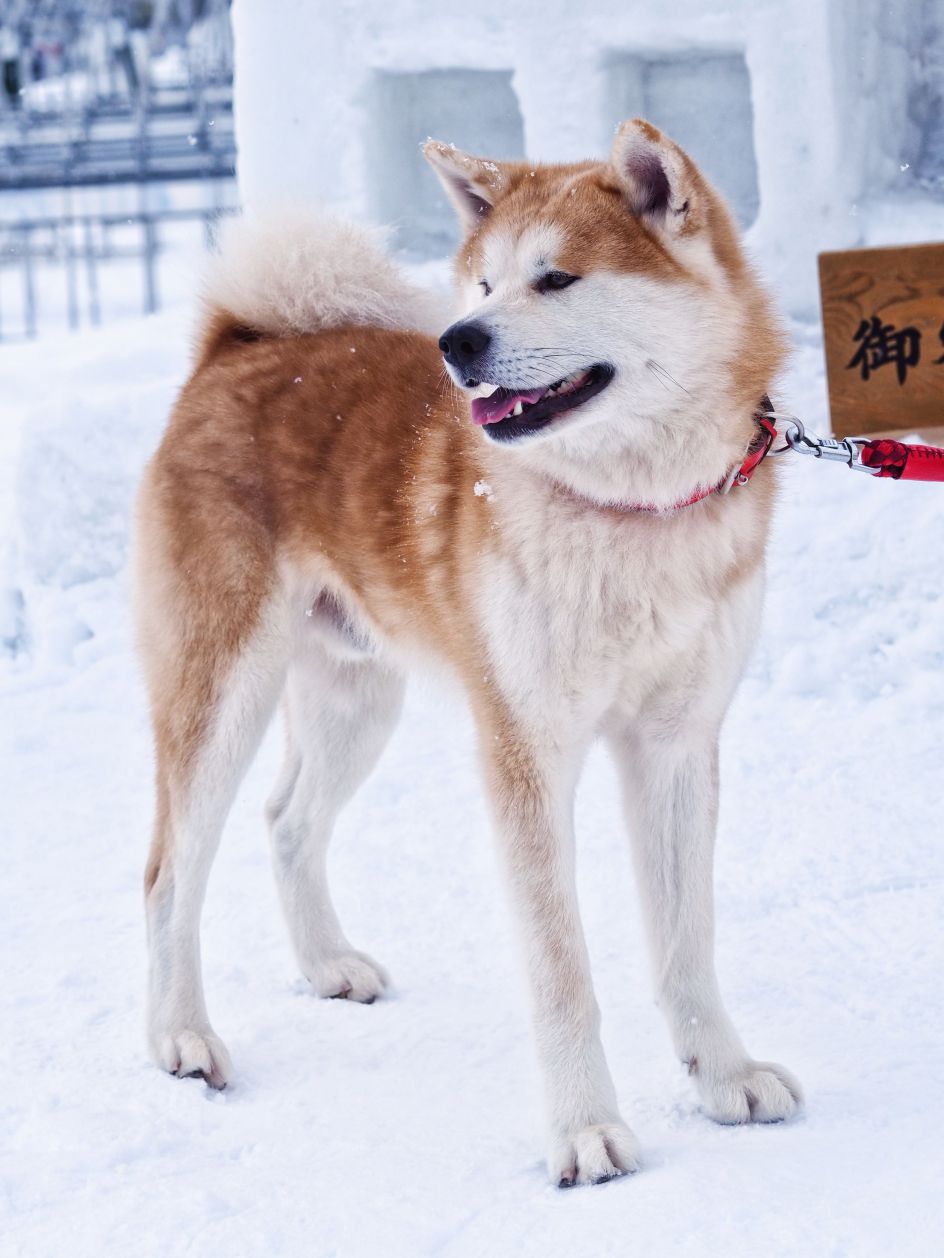
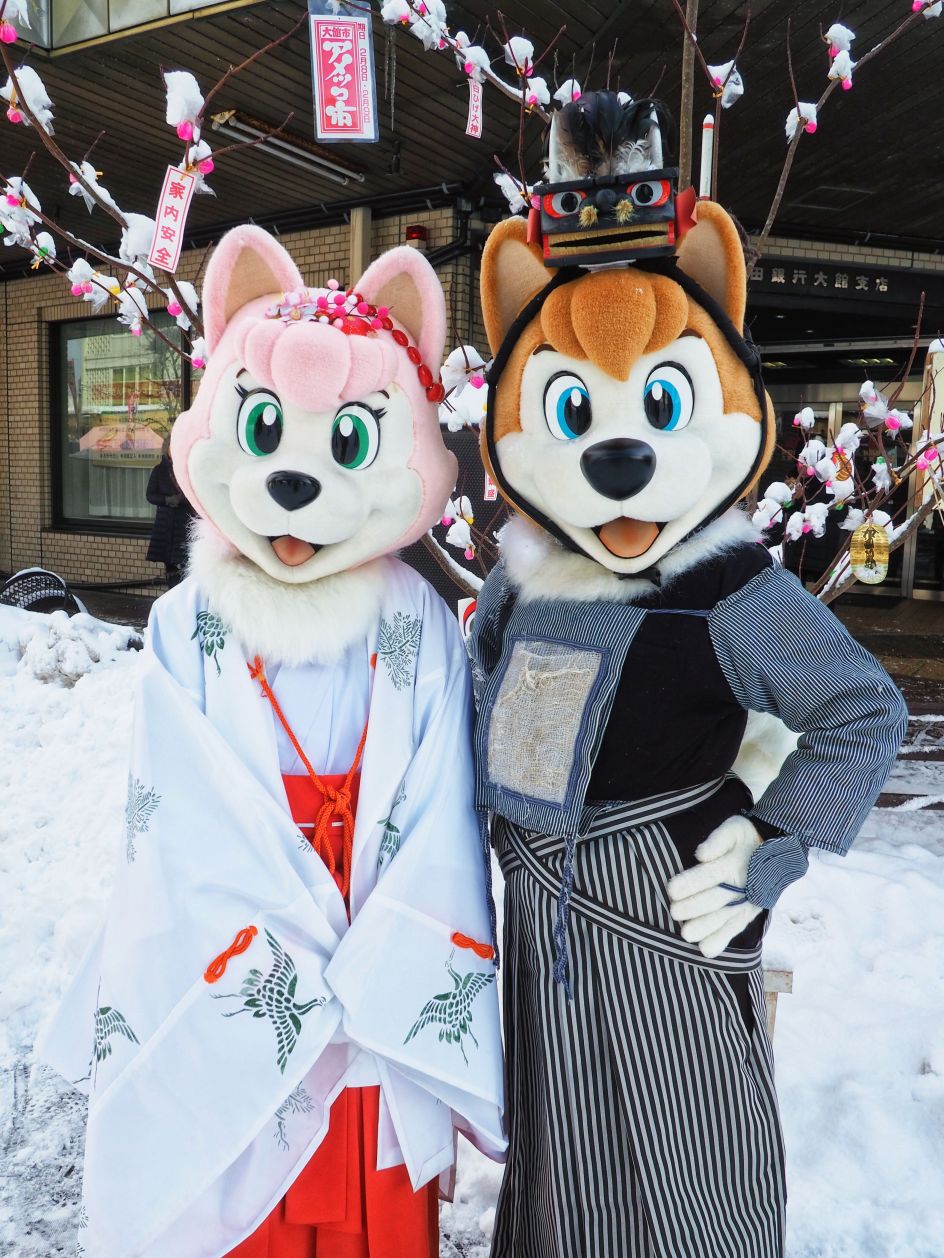
Good-looking dogs call for a good-looking book, and that's exactly what's been delivered thanks to the work of incredible designers Nina Jua Klein and John Philip Sage. It's a partnership that Manami is grateful for. "I am not producing novels or manuals. I am making objects that are visually driven," she explains. "So it is really important to have the right designers who can reflect the content of the book in the design.
"The design of the book completely changes the way the book and its contents are received. While my name is on the book as the author, I can't stress enough how important the editorial director (Ali Gitlow) and the designers are to visual culture books."
If the idea of this book is wagging your metaphorical tail, then you'll be pleased to know that there is also a pop-up show related to it currently running in London's Sway Gallery. Make sure you check it out before 31 March 2022.
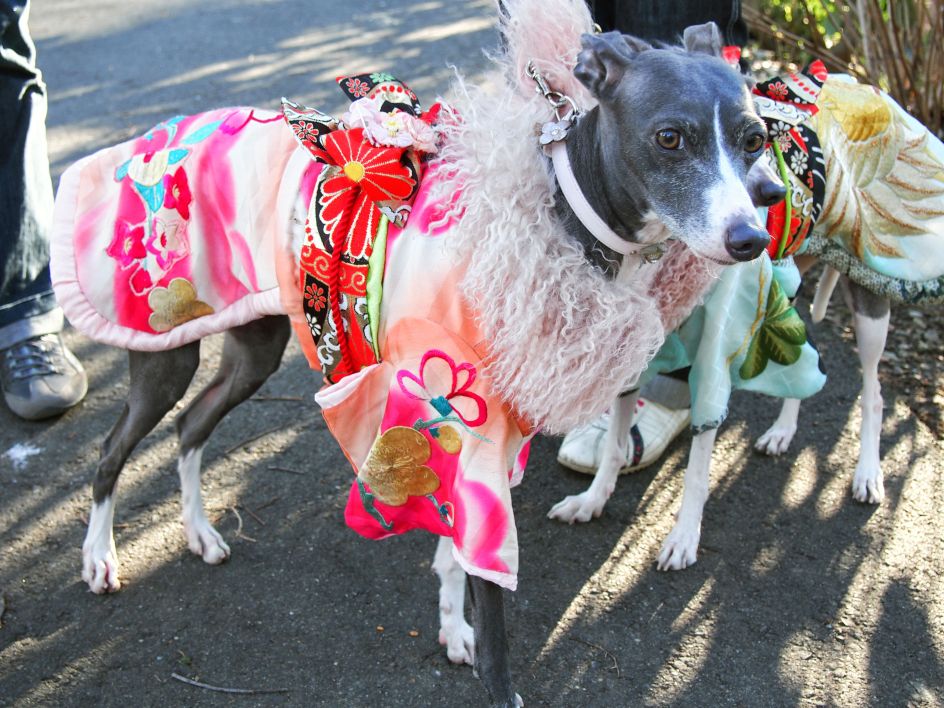

 for Creative Boom](https://www.creativeboom.com/upload/articles/06/063686a9a3b095b9b1f0e95df917ed4bd342be1b_732.jpg)



 using <a href="https://www.ohnotype.co/fonts/obviously" target="_blank">Obviously</a> by Oh No Type Co., Art Director, Brand & Creative—Spotify](https://www.creativeboom.com/upload/articles/6e/6ed31eddc26fa563f213fc76d6993dab9231ffe4_732.jpg)
 by Tüpokompanii](https://www.creativeboom.com/upload/articles/58/58684538770fb5b428dc1882f7a732f153500153_732.jpg)








